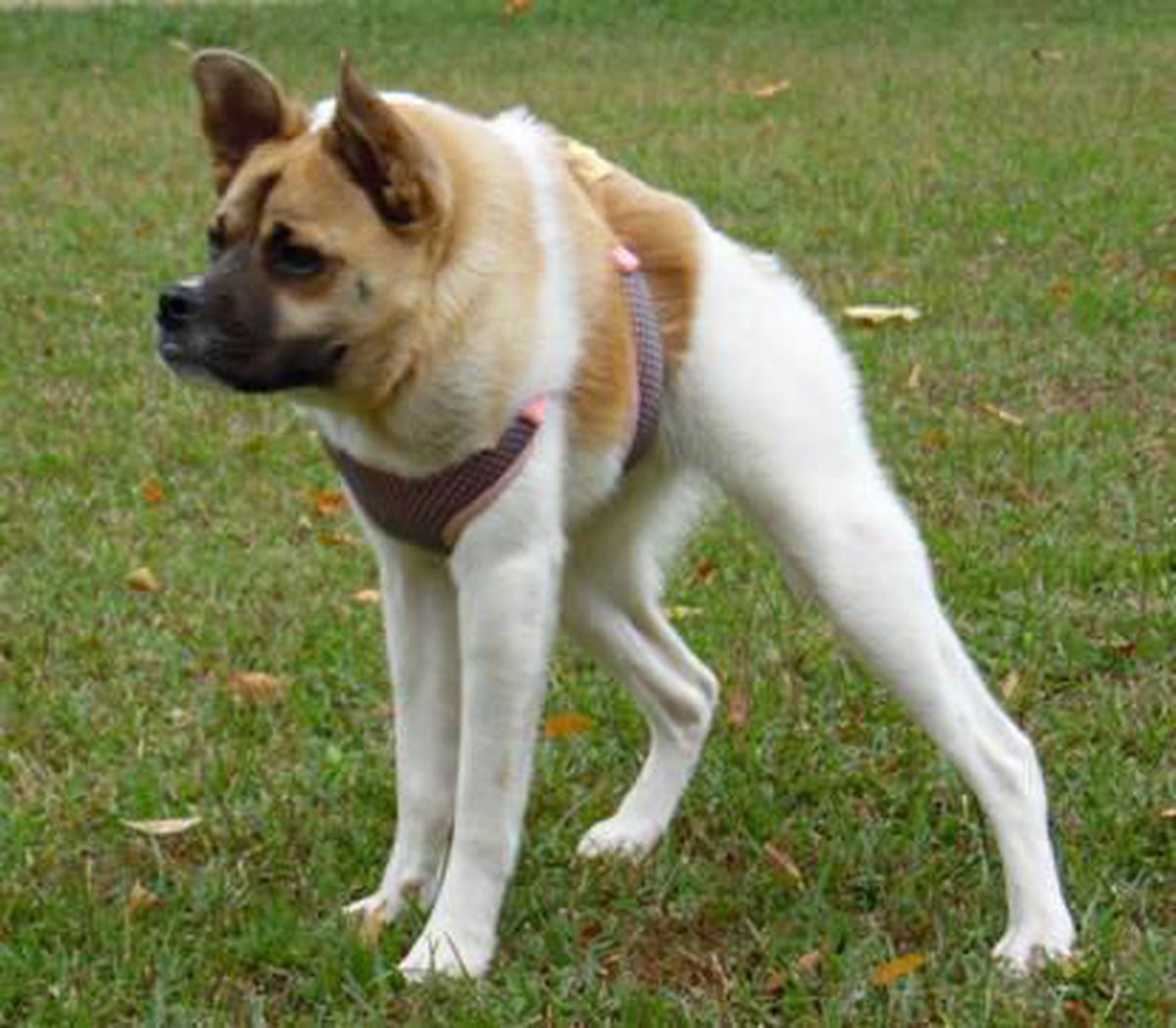
MEOX1 gene mutations lead to a complete lack of homeobox protein MOX-1. GDF6 and GDF3 gene mutations that cause Klippel-Feil syndrome likely lead to reduced function of the respective proteins.

The protein produced from the MEOX1 gene, called homeobox protein MOX-1, regulates the process that begins separating vertebrae from one another during early development. While the protein produced from the GDF3 gene is known to be involved in bone development, its exact role is unclear. The protein produced from the GDF6 gene is necessary for the formation of bones and joints, including those in the spine. These genes are involved in proper bone development. Mutations in the GDF6, GDF3, or MEOX1 gene can cause Klippel-Feil syndrome. In these instances, affected individuals have the signs and symptoms of both Klippel-Feil syndrome and the additional disorder. In some cases, Klippel-Feil syndrome occurs as a feature of another disorder or syndrome, such as Wildervanck syndrome or hemifacial microsomia. Rarely, structural brain abnormalities or a type of birth defect that occurs during the development of the brain and spinal cord (neural tube defect) can occur in people with Klippel-Feil syndrome. Additionally, the shoulder blades may be underdeveloped so that they sit abnormally high on the back, a condition called Sprengel deformity. Affected individuals may have other skeletal defects including arms or legs of unequal length (limb length discrepancy), which can result in misalignment of the hips or knees. Some people with this condition have hearing difficulties, eye abnormalities, an opening in the roof of the mouth ( cleft palate ), genitourinary problems such as abnormal kidneys or reproductive organs, heart abnormalities, or lung defects that can cause breathing problems. People with Klippel-Feil syndrome may have a wide variety of other features in addition to their spine abnormalities. Many people with Klippel-Feil syndrome have abnormal side-to-side curvature of the spine ( scoliosis ) due to malformation of the vertebrae fusion of additional vertebrae below the neck may also occur. In addition to the fused cervical bones, people with this condition may have abnormalities in other vertebrae. Affected individuals may develop a painful joint disorder called osteoarthritis around the areas of fused bone or experience painful involuntary tensing of the neck muscles (cervical dystonia). Rarely, spinal nerve abnormalities may cause abnormal sensations or involuntary movements in people with Klippel-Feil syndrome. Over time, individuals with Klippel-Feil syndrome can develop a narrowing of the spinal canal ( spinal stenosis ) in the neck, which can compress and damage the spinal cord. Fusion of the vertebrae can lead to nerve damage in the head, neck, or back. Trauma to the spine, such as a fall or car accident, can aggravate problems in the fused area. The shortened neck can cause a slight difference in the size and shape of the right and left sides of the face (facial asymmetry). People with minimal bone involvement often have fewer problems compared to individuals with several vertebrae affected. In people with Klippel-Feil syndrome, the fused vertebrae can limit the range of movement of the neck and back as well as lead to chronic headaches and muscle pain in the neck and back that range in severity. Less than half of all individuals with Klippel-Feil syndrome have all three classic features of this condition. Most affected people have one or two of these characteristic features. Three major features result from this vertebral fusion: a short neck, the resulting appearance of a low hairline at the back of the head, and a limited range of motion in the neck. The vertebral fusion is present from birth.

Klippel-Feil syndrome is a bone disorder characterized by the abnormal joining ( fusion ) of two or more spinal bones in the neck (cervical vertebrae).


 0 kommentar(er)
0 kommentar(er)
